It came from outer space. December 13th, 1795: an “extraordinary stone” arrived in Yorkshire, England. At 28X36 inches, weighing 56 lb, the Wold Newton Meteorite remains the largest ever recorded in Britain. A monument still stands in the field where it struck.
—-
In a field in England, in the East Riding of Yorkshire to be more precise, amid the grass and nettles there stands a lone curious 24 foot (7.3 metre) red brick obelisk. Constructed more than 200 years ago, the column has, appropriately enough, something of a cartoon space-rocket about it. A plaque set into one face reads
Here On this Spot, Dec. 13th, 1795 Fell from the Atmoſphere AN EXTRAORDINARY STONE In Breadth 28 inches In Length 36 inches and Whoſe Weight was 56 pounds.
The “EXTRAORDINARY STONE” arrived during a thunderstorm and landed two fields from Wold Cottage, which was at the time home to a magistrate named Major Edward Topham. It was Major Topham who would go on to have the obelisk constructed in 1799. The stone created a hole 3.2 feet (1 metre) in diameter, embedding itself firmly into a layer of chalk bedrock beneath the soil.
Topham’s shepherd was within 450 feet (137 metres) of the point of impact. Nearer still was labourer John Shipley, who signed a deposition published alongside a reprinted letter by Major Topham in the Gentleman’s Magazine for July 1797 stating that
He was within eight or nine yards of the stone when it fell, saw it distinct seven or eight yards from the ground, and then strike into the earth, which flew up all about him, and which alarmed him very much.
The Wold Newton Meteorite was the largest ever observed to fall in Britain, and is the second largest recorded in Europe (the largest being the Ensisheim meteorite which in 1492 landed in a wheat field in what was then Alsace). The great scientist and occultist Sir Issac Newton – not yet seventy years in his grave when the stone landed in Yorkshire -had famously stated that
To make way for the regular and lasting motions of the planets and comets, it is necessary to empty the heavens of all matter.
In other words, that there was no room in his model of space for free floating objects such as meteorites. Having formulated the Law of Universal Gravitation, Newton’s ideas were generally taken pretty seriously. Consequently when the Wold Newton Meteorite was put on display in London in 1797 many took pleasure in deriding it as a fake, or at best a piece of debris thrown into the air by a volcanic eruption (which was, needless to say, unlikely in Yorkshire). The then president of the Royal Society of London, Sir Joseph Banks, was interested, however. Working with the chemist Edward Howard, Banks compared samples from the Wold newton meteorite with others and found what he considered remarkable similarities. When his results were published, though many were still dubious of admitting exactly what they proved, it did mark the beginning of a new era of scientific interest in meteorites. English naturalist, illustrator, and owner of a private museum James Sowerby acquired the meteorite from Major Topham in 1804. It was sold on to the British Museum in 1835. The Wold Newton Meteorite, now believed to be 4.6 billion years old, is still on display at the Natural History Museum in London today.
In addition to almost killing a farm labourer and kickstarting the modern scientific study of meteorites, the “EXTRAORDINARY STONE” which fell to Earth two centuries ago was also the catalyst for some of the most inventive and influential crossover fiction of the twentieth century. If you’re are a fan of Kim Newman’s Anno Dracula novels, Alan Moore’s League of Extraordinary Gentlemen, or even Bryan Talbot’s Grandville, or Showtime’s Penny Dreadful then you have the Wold Newton Meteorite to thank. All these worlds filled with characters from different novels, films, and TV series owe a huge debt (acknowledged by both Newman and Moore, I might add) to the writing of Philip Jose Farmer.
In Tarzan Alive: A Definitive Biography of Lord Greystoke (1972) Philip Jose Farmer presented the life story of Edgar Rice Burroughs’ Tarzan as if he were a real person. In the book it was revealed that two carriages, travelling along the road at the time, were within 20 feet (6 metres) of the Wold Newton Meteorite when it landed. The people travelling within were exposed to a burst of ionizing radiation from the stone which caused mutations within themselves and consequentially their future offspring. Ancestors of Lord Greystoke (Tarzan), Solomon Kane, Captain Blood, The Scarlet Pimpernel, Harry Flashman, Sherlock Holmes, Professor Moriarty (AKA Captain Nemo), Phileas Fogg, The Time Traveler from The Time Machine; Allan Quatermain, A.J. Raffles, Professor Challenger, Richard Hannay, Bulldog Drummond Fu Manchu, Sir Denis Nayland Smith, The Shadow, Sam Spade, Doc Savage, his cousin Pat Savage, Monk Mayfair, The Spider, Nero Wolfe, Mr. Moto, The Avenger, Philip Marlowe, James Bond, Lew Archer, and Travis McGee, were among those present. According to Farmer then, the strength, intelligence, and general superhuman qualities of all these pulp heroes and villains are the result of the impact in that muddy Yorkshire field in 1797. The connected roster of characters has become known as The Wold Newton Family.
Wold Newton Universe is a term created by author Win Scott Eckert in the late 1990s. Eckert became fascinated with Farmer’s cross-over fiction after reading Doc Savage: His Apocalyptic Life and went on to collaborate with the man himself on the Wold Newton novel The Evil in Pemberley House which was published shortly after Farmer’s death in 2009. Eckert sums up the concept of the Wold Newton Universe thusly:
It is theorized here that there are many other characters, heroic and otherwise, who also exist in the Wold Newton Universe; some, although of course not all, may actually be members of the Wold Newton mutant family, not described by Mr. Farmer.
All fiction then, may be imagined to co-exist in the same fictional universe and therefore all fictional characters may be assumed to have the possibility of encountering each other given a suitable opportunity. We’re used to the idea in comics perhaps more than we are elsewhere but Universal Studios had Dracula, Frankenstein’s Monster, werewolves and more, all appearing together on the silver screen back in the 1940s. In 2012 we were informed that Prometheus and Blade Runner officially take place in the same fictional future; a future where the aliens from the Alien films already do battle with the predators from the Predator films. Marvel (now owned by The Walt Disney Company) are pushing their own shared universe superhero films as hard as they can, and DC (owned by Time Warner Incorporated) are starting to do likewise. Cross-over fiction is big business these days but not so much in Wold Newton apparently.
Wold Cottage, the former residence of Major Edward Topham, is now an award winning Bed & Breakfast and though their website does mention the meteorite, perhaps unsurprisingly, it makes no connection between it and Farmer’s work. I did email to ask whether they were aware of Philip Jose Farmer’s writing and The Wold Newton Family but have, as yet, received no response.
The full Wold Newton Family Tree (as published in Tarzan Alive) can be viewed at www.pjfarmer.com, as can The Fabulous Family Tree of Doc Savage (as published in Doc Savage: His Apocalyptic Life, 1973).
REFERENCES
http://www.woldcottage.co.uk/meteorite/
http://www.pjfarmer.com/woldnewton/Pulp2.htm
http://woldnewtonresource.wikia.com/wiki/Wold_Newton_Meteorite
http://web.archive.org/web/20070809201913/http://www.meteoritearticles.com/historyarticle.html
Asteroids, Meteorites, and Comets by Linda T. Elkins-Tanton
[This piece originally published on Daily Grail, February 2015]

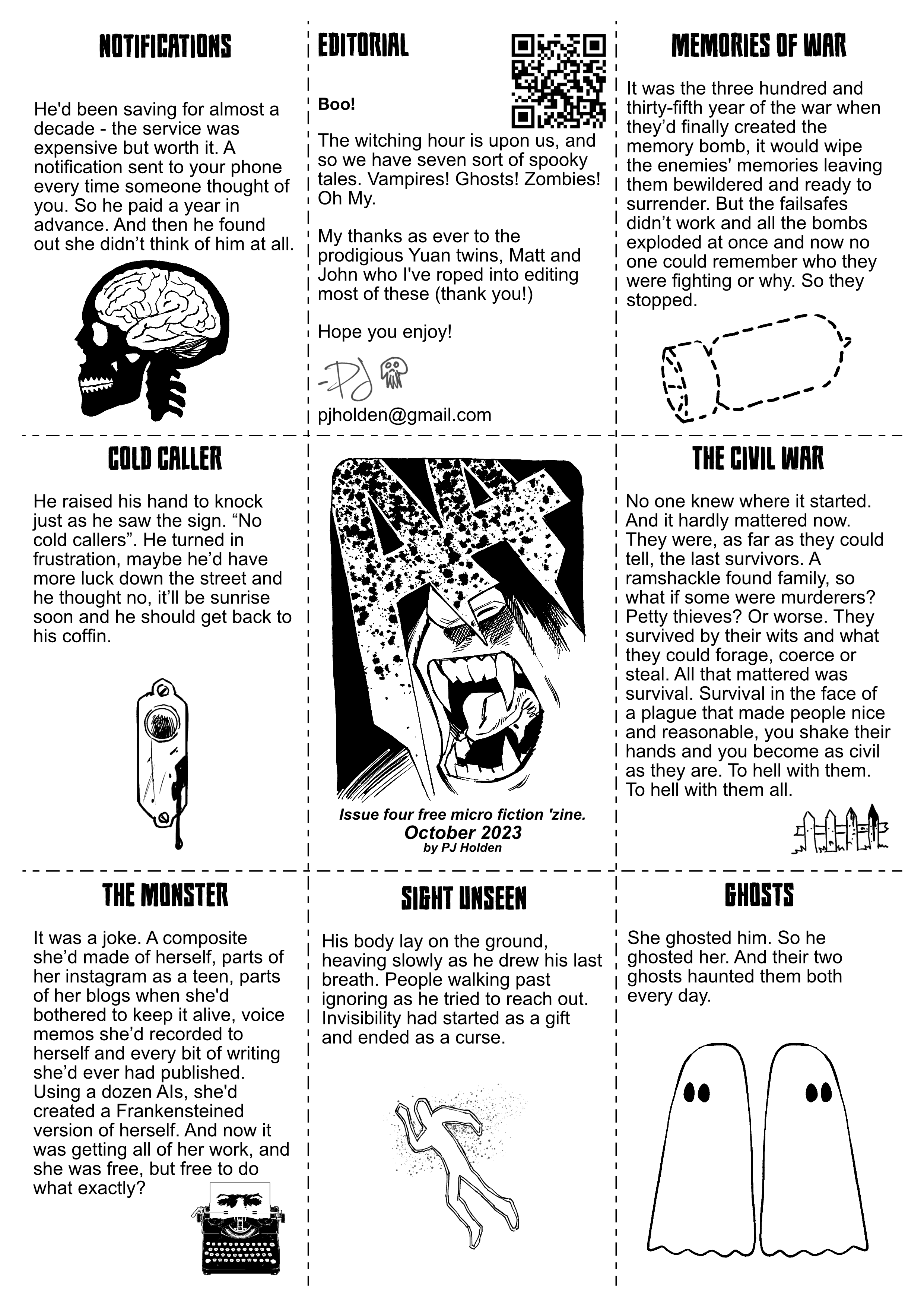
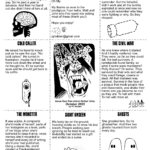
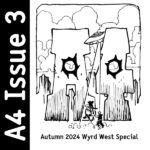
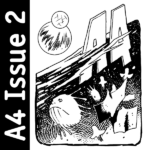

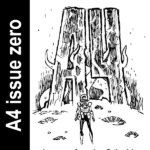
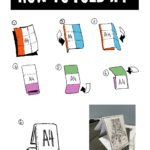
 Unlock with Patreon
Unlock with Patreon
Recent Comments